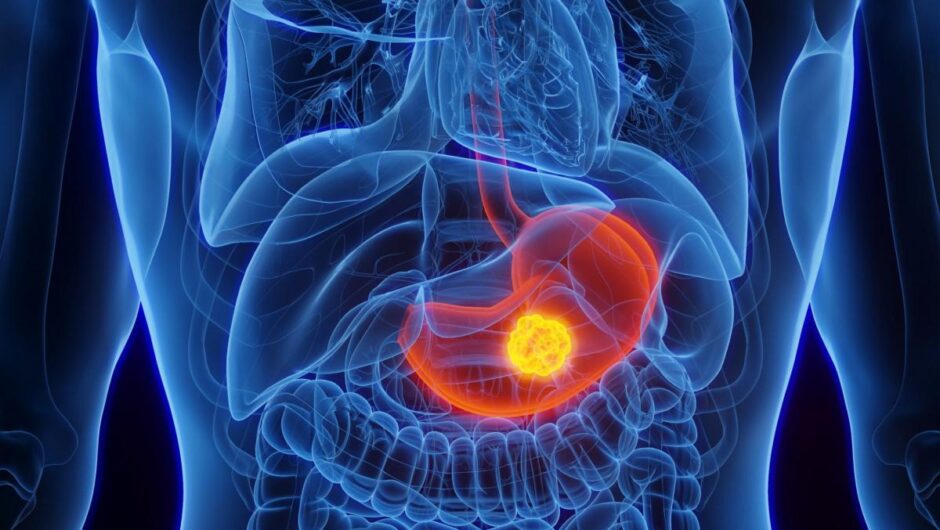[ad_1]
German Chancellor Angela Merkel walks with her bodyguards in Berlin, May 13, 2020.
Associated Press
The German response to the coronavirus has led the way in Europe and drawn praise around the world.
Its initial success in containing the outbreak was attributed in March to mass testing, swift lockdown, a robust healthcare system, and luck.
But that success has continued into April and May, and the country is now gradually reopening with one of the lowest death rates in the world.
Regardless, the country remains cautious. The Bundestag on Thursday passed a new law mandating more testing and virus mapping, which it hopes will rid the outbreak for good.
The country had its critics along the way, but here’s how it got in sight of the finish line.
Visit Business Insider’s homepage for more stories.
On balance, Germany has dealt with its coronavirus outbreak much better than most nations around the world.
The peak of its outbreak — the period marked by the highest numbers of new daily infections — came between March 26 and April 3, during which it maintained a death rate far below the likes of Spain and Italy.
As Business Insider reported in late March, this was attributed to an early lockdown, swift mass-testing drive, a well-oiled healthcare system, and clear government messaging.
Seven weeks on — as the country starts to reopen — not much has changed.
The reproduction number (R) — which indicates how many people the average person infects, and indicates how fast the virus is spreading — has wholly remained below 1, but for one surge from 0.65 to 1.1 last weekend.
But the country weathered the storm with minimal fuss, and its R rate subsided to 0.8 by Wednesday.

The sun sets behind buildings of in Frankfurt’s banking district on May 9, 2020.
Associated Press
Authorities said the surge was caused by outbreaks in a few nursing homes and a factory. North Rhine-Westphalia, where the factory was located, reacted by briefly reimposing lockdown, it ended on Friday.
“If one compares the German death rate with that of other countries, it becomes clear that the number of deaths in Germany has not increased as much as one might have feared,” Die Zeit newspaper, whose virus tracker has become a go-to resource in Germany, wrote on May 14.
Even so, the government is continuing to move against the virus with purpose.
The Infection Protection Act
On Thursday, the Bundestag passed the Infection Protection Act, a set of precautions to help steer the country from danger as it begins returning to normal.
Testing in care homes and hospitals will be drastically increased. Germany is already testing hundreds of thousands of people a week.
Health authorities must log every negative test result and people considered “cured,” so the government can map the virus.
Nurses and care workers will be entitled to a 1,000-euro ($1,080) bonus. Before the crisis there was a shortage of these key workers due to low wages.
Health insurers must now pay for their customers’ antibody tests even if they have no symptoms.
Health insurers must make flu vaccines readily available. As winter nears, the government wants to minimize the strain that flu patients place on health services.
‘We are seeing half-empty ICUs’
In recent weeks, Germany kept testing people en masse, monitoring those who test positive, and kept intensive care units remained well under capacity.
It allowed those in the most critical of conditions quick, unfettered access to life-saving apparatus like ventilators.
“We are seeing half-empty ICUs in Germany,” the country’s lead epidemiologist, Christian Drosten, said on April 26.
“This is because we started diagnostics early and on a broad scale, and we stopped the epidemic — that is, we brought the reproduction number below 1.”
Germany currently has the capacity to test around 838,000 samples for COVID-19 per week, Reuters reported on Tuesday.
Those who test positive are supervised closely, even after they return to recover in their homes.
In Heidelberg, southwestern Germany, medics were driving around the city checking in on those recently diagnosed with COVID-19, taking blood tests and checking to see if they had deteriorated, The New York Times reported in April.
A lockdown so effective it almost backfired
Drosten, who is director of Berlin’s Institute of Virology, added he was concerned the lockdown had worked so well that some citizens didn’t understand the dangers of the virus.
Indeed, protests against the lockdown popped up across Germany on April 25. More have taken place since.
While there was strong support for social distancing, and widespread acceptance of a lockdown, many Germans also felt that the state went too far and was ruining the economy.
Ten thousand anti-lockdown protesters are now expected to amass in Munich on May 16.

Police officers pepper spray protesters in Berlin, Germany, on May 9, 2020.
REUTERS / Christian Mang
“For many Germans I’m the evil guy who is crippling the economy,” Drosten said on April 26.
Germany started off on the right foot
While Spain and Italy saw death rates as high as 10% in late March, Germany’s death rate around the same time — on March 27 — was 0.74%.
Their success was attributed to four factors:
Testing: In March, between 120,000 and 500,000 people were tested each week, according to various reports. One month later, the UK was yet to match the lower end of that estimate.
Preparedness: Germany spends more on healthcare per capita than most other European countries. Germany also has the second-most critical-care beds per capita in Europe.
Lockdown: Germany enforced a lockdown on March 22, relatively early in its outbreak. Other countries — like the US and UK — were not so quick, and paid the price.
Luck: As of March 27, the average age of a German infected with coronavirus was 46, whereas in Italy it was 63. Older people are on average far more likely to die from the virus.
Germany sees the light at the end of the tunnel
Germany has started reopening some schools and allowed businesses and religious venues to open their doors. It also plans to reopen its borders to neighboring countries by June 15.
In some states, museums and restaurants have been open for more than a week.
On Saturday, the Bundesliga soccer league will recommence. It is the first major league in the world to do so, but for safety the stands will remain empty for the rest of the season, and team handshakes are banned.
The Interior Ministry said on Friday that new arrivals from the EU, Schengen area, and UK would not be forced into a mandatory two-week quarantine upon arrival. Those from other nations, like the US, would.
As of Thursday, 7,917 people have died, with 174,824 confirmed cases. The death rate is at 4.5%.
The rate has risen because it takes a number of weeks for those who eventually die from the the virus to be admitted to hospital, and then enter intensive care.
Germany’s death rate is still very low compared to other nations. It is 14% in the UK, 6% in the US, and 15% in France.

Medical volunteers walking to a medical practice after taking blood and throat mucous samples in Berlin, on March 27.
Sean Gallup/Getty Images
On Wednesday, Chancellor Angela Merkel was asked how people should act now the lockdown was ending. “Social distancing, face masks, and respect,” she said.
The country’s troubles are far from over, though. It is already in a recession, and warned late last month of the worst economic slump in its history this year.
“The German economy has been tip-toeing on the edge of recession since the beginning of 2019, but it can hide no longer,” said Claus Vistesen, chief eurozone economist at Pantheon Macroeconomics.
“The economy entered a technical recession at the start of the year, and this before the incoming collapse.”
The economy shrank 2.2% in the first three months of 2020, according to the German statistics agency on Friday.
Nonetheless, when it comes to the coronavirus, Germany has been the envy of many other countries — particularly those that were slow to respond to their own outbreaks.
As a source at the UK Department of Health told The Sunday Times in April: “We could have been Germany.”
Read the original article on Business Insider
[ad_2]



